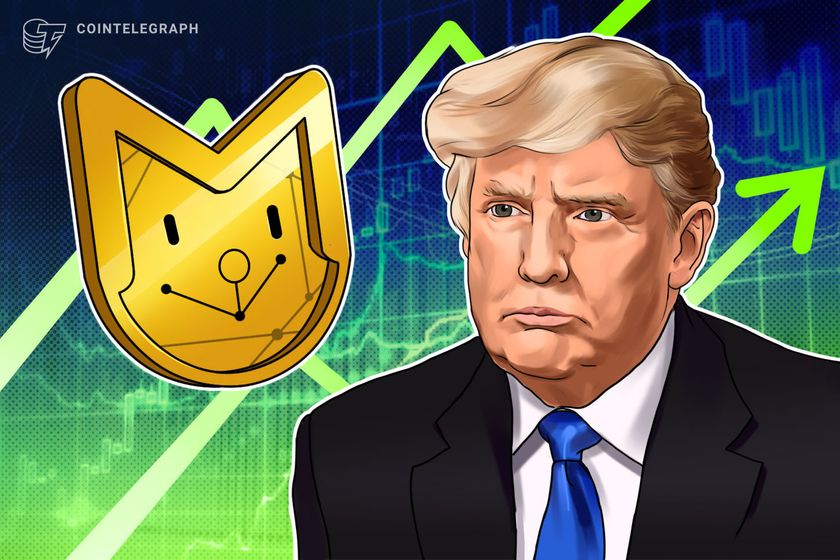
Crypto needs regulation but should be done right: Report and database

The absence of a well-defined regulatory landscape sows uncertainty in the crypto industry. What should the regulators do to set things right?
Regulatory attitudes toward crypto are constantly evolving, often at a slower pace than the crypto industry itself. Institutions and the broader public will not seriously consider working with cryptocurrencies without clear and comprehensive regulation. Furthermore, the industry suffers from widespread scams, phishing and hacks that very often have no legal repercussions. This bolsters the audacity of wrongdoers and augments the image of crypto as an arena for shady characters.
Download the full report here, complete with charts and infographics
In a new report, Cointelegraph Research provides an assessment of regulations around stablecoins, nonfungible tokens (NFT) and a general overview of developments since the close of 2021. A new database of regulations, updated on a weekly basis, covers all updates in the industry.
NFTs and stablecoins catch policymakers sleeping
The NFT boom of 2021 jolted governments and international organizations into action. With over $9 billion in NFT sales on Ethereum, the emergence of a well-defined regulatory landscape for NFTs is crucial for the market’s sustainable development in the future. The NFT market accounted for $1.5 million in illicit activities in the last quarter of 2021 alone. Although this is minuscule compared to the scale of money laundering happening elsewhere, it marks a detrimental trend that may continue into 2022.

In both the United States and the United Kingdom, authorities have failed to introduce clear guidelines on NFTs, with some uncertainty on how to classify the asset class, although NFT issuers and marketplaces may be required to comply with Anti-Money Laundering and Know Your Customer practices.
Cointelegraph Research records all the regulatory events worldwide on a weekly basis in its Regulations Database.
Access the Cointelegraph Research Regulation Database here
Stablecoins, similarly to NFTs, caught policymakers off guard. Stablecoin supply increased fivefold from $26 billion at the start of 2021 to $164 billion at the end of 2021. The growth continues into 2022, with the aggregate supply expanding by 6.8% in the first six weeks of the year.
The Financial Stability Board, an international body that coordinates the efforts of financial regulators on a global scale, has called for action on stablecoins in its 2020 and 2021 reports and has set July 2022 as a preliminary deadline for establishing regulatory frameworks in national jurisdictions. Stablecoin regulation is further complicated by the emergence of decentralized U.S. dollar-pegged stablecoins that are uncollateralized such as TerraUSD (UST), with no “one size fits all” solution for regulators.
Governments are playing catch-up
The report also dives deep into developments throughout H1 2022. Another sector covered is central bank digital currencies. With progress on CBDCs in no less than 91 countries around the world, governments are awakening to the potential of digital currencies. The future marches on, and lawmakers have significant work to do to bring regulations to the floor that foster innovation but allow the mainstream adoption of digital assets.

CBDCs could result in enhanced tax compliance and better tracking of financial transactions but could severely hinder cryptocurrency adoption and even replace some decentralized digital currencies outright because they profit from the stability and trust government bodies inspire in many consumers.
Anyone interested in crypto, blockchain, and the industry’s future is welcome to read this report and access the regulation database that tracks the latest developments. Crypto needs regulation, but it has to be the right kind. With forward-looking regulation that makes sure progress can happen, and governments foster innovation, cryptocurrencies can truly fulfil their promise of a more equitable future and a renewal of the financial system.
This article is for information purposes only and represents neither investment advice nor an investment analysis or an invitation to buy or sell financial instruments. Specifically, the document does not serve as a substitute for individual investment or other advice.
Go to Source
Author: Cointelegraph Research









